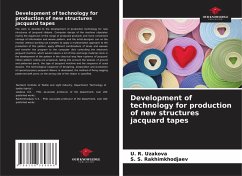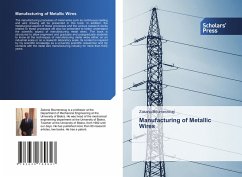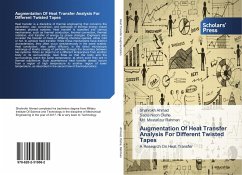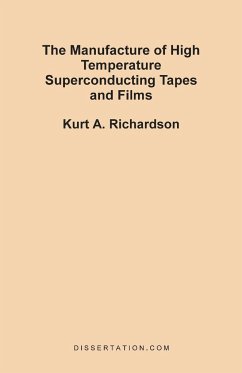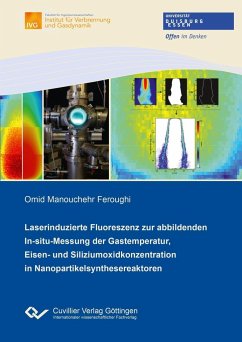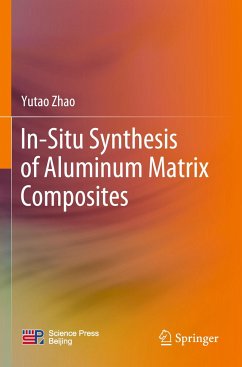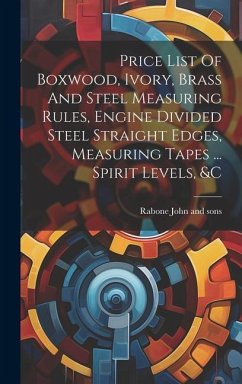
High Energy Milled Ex situ MgB2 for Tapes and Wires

PAYBACK Punkte
0 °P sammeln!
1. The optimum solution for the difficulties during conductor deformation was to use the ex situ precursor powder which is not sensitive to heat treatments in the range of temperatures needed for the working stress release of the sheath metal. Two different ex situ powders are studied: homemade ex situ (based on mechanically alloyed in situ powder) and commercial powder with reduced crystallite size achieved by high energy ball milling. 2. As the first approach, ex situ powder is prepared using mechanical alloying. A detailed phase analysis shown secondary phases, such as MgO and MgB4+x. A hig...
1. The optimum solution for the difficulties during conductor deformation was to use the ex situ precursor powder which is not sensitive to heat treatments in the range of temperatures needed for the working stress release of the sheath metal. Two different ex situ powders are studied: homemade ex situ (based on mechanically alloyed in situ powder) and commercial powder with reduced crystallite size achieved by high energy ball milling. 2. As the first approach, ex situ powder is prepared using mechanical alloying. A detailed phase analysis shown secondary phases, such as MgO and MgB4+x. A high critical current density for unsintered tapes and wires was obtained. It is observed that non of the applied final heat treatments of the conductors improve their superconducting properties. It is assumed that, heat treatments influence the crystallite size which is explained by MgO at the grain boundaries blocking grain growth. Additional milling or chemical treatment of the powder to clean the grains is needed to accomplish a smaller particle size. However, if medium Jc values are sufficient, the MA in-ex situ powder is an interesting precursor powder for conductors needed for the react & wind method of superconducting coil preparation, because the final heat treatment of a such a conductor is not needed.




